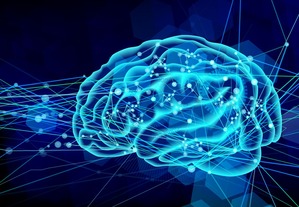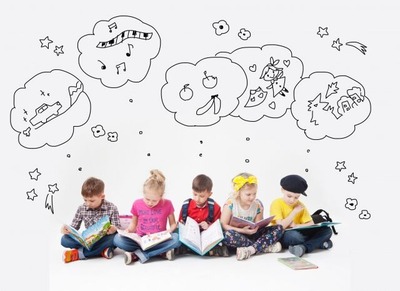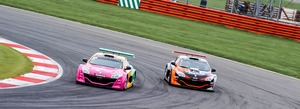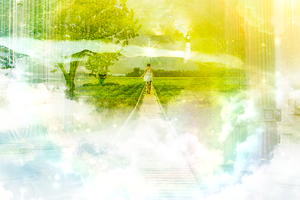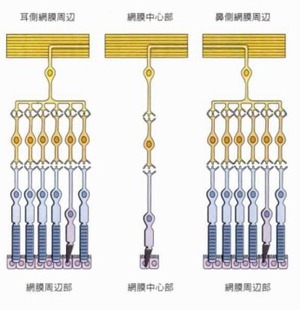The other day, I went to Itoigawa City in Niigata Prefecture by planes and trains from Fukuoka. The purpose was to pick up jade at the coast of Itoigawa City.
I stayed at a hotel and went to the coast on the first day, the second day, the third day…
The coast of Itoigawa was covered with stones washed ashore. They were all round, as if they had been polished by human hands, and there were also the ones with strange shapes that even seemed artistic.
The stones eroded by rain and wind from mountains that were once volcanoes, went down rapids, flowed from rivers into the sea over many years, rode ocean currents, and were washed ashore again by waves. The softer stones were polished to be round, while the harder ones became unique shapes even if not round. There was a beauty of nature that does not have the same shape, and then, I thought it was worth staying on this coast for a long time just to see it.
On the first day, a lot of stones with unusual colors and shapes caught my eye. But as the days went by, I lost interest in unusual shapes and everything began to look the same. Perhaps my brain has become so familiar to the environment of the Itoigawa coast that I don’t need no longer pay attention to every detail.
When we are eager to look closely at the stones on the beach in order to find jade, it will be difficult to find it. However, when we forget to pick it up and just stare at the coast, something like that sometimes catch our eyes.
During my stay in Itoigawa, I saw many people searching jade on the coast. When I observe these people, I began to notice their difference, such as this person came for the first time, or this person is experienced. The experienced walks with a wide view of the coast and picks up jade quickly with a long stick like a cane. It looked like he was walking as usual instead of trying to find it.
Seeing them, it reminded me of Dr. Grinder's “four-leaf clover” story his workshop. I'll introduce it.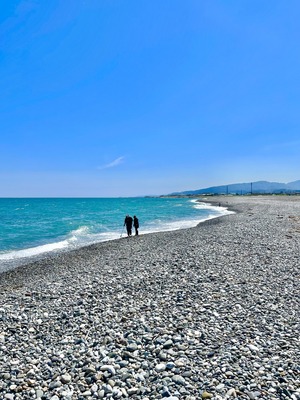
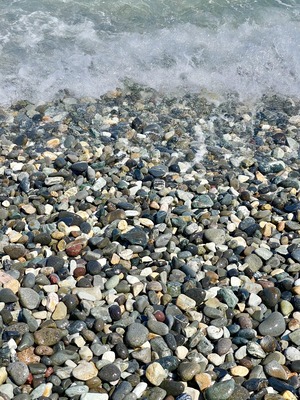
はじめてのヒスイ拾い
先日、福岡から飛行機と電車を乗り継ぎ、新潟県の糸魚川市にまいりました。目的は、糸魚川市の海岸でヒスイを拾うためです。
ホテルに滞在して、1日目、2日目、3日目・・・と、連日、海岸に行きました。
糸魚川の海岸に打ち上げられた石は、まるで人の手によって研磨されたかのような真ん丸いものや、芸術的とさえ感じるような不思議な形をしたものがあり、ゴロゴロとひしめいていました。
かつて火山だった山々から雨風によって削り取られ急流を下り、長い年月をかけて川から海に流れ込み、海流に乗り、ふたたび波によって陸に打ち上げられた石たちは、軟らかい石ほど真ん丸に磨き抜かれています。一方、硬い石は丸くはならなくてもユニークな形になり、同じ形がひとつとない自然の造形美があって、見ているだけでもこの海岸に滞在する価値は高いと思いました。
初日は、色や形のめずらしい石にたくさん目が留まりました。しかし日を追うごとに、めずらしい石に目が留まらなくなり、すべてが同じように見えてきました。おそらく、私の脳が糸魚川の海岸という環境に慣れてしまい、細かなもののひとつひとつに注意を払うことができなくなったのでしょう
ヒスイを見つけようと意気込んで浜辺の石たちに目を凝らしていると、なかなか見つからないものです。しかし、拾うことを忘れて、ただぼうっと海岸を眺めているときなどに、それらしきものに目が留まります。
私が糸魚川に滞在している間、海岸でヒスイを拾っている人を何人も見かけました。その人々を観察すると、この人は初めて拾いに来たなとか、この人は拾うのに慣れているな、とか、違いがわかるようになってきました。拾うことに慣れている人は、海岸を広い視野で眺めながら歩き、杖のような長い棒を使ってさっとすくい上げていました。探そうとしているのではなく、ふつうに歩いている感じでした。
NLP共同創始者ジョン・グリンダー博士認定校
ニューコードNLPスクール
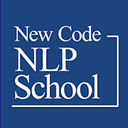
記事更新日:2023/07/16

